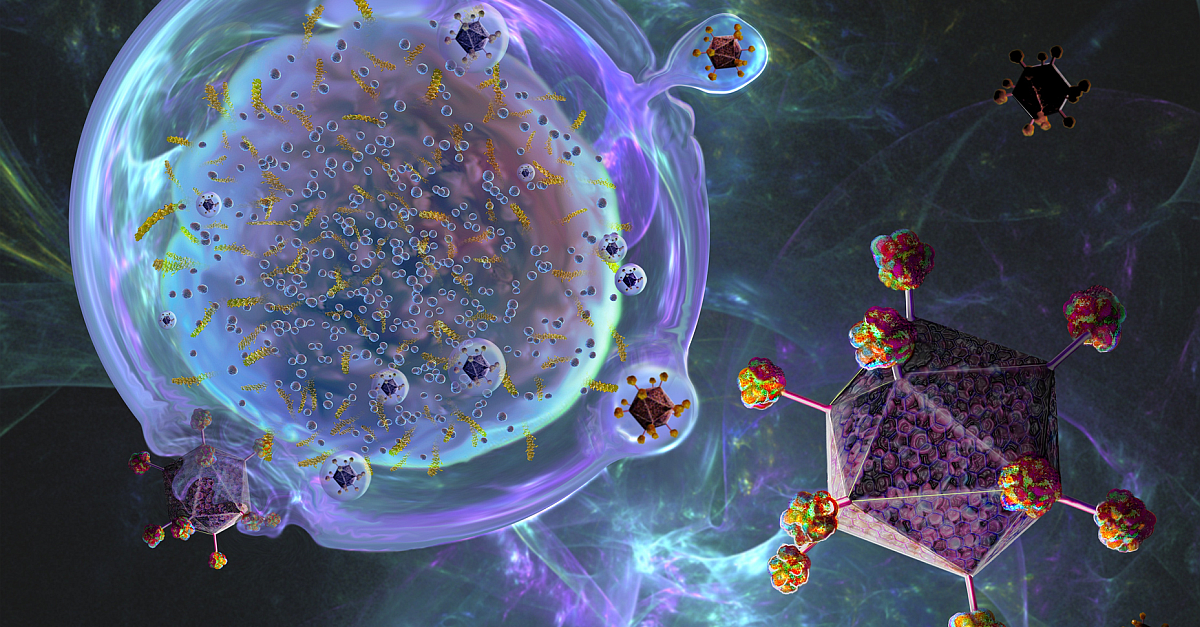Chimeric antigen receptor T-cell (CAR T) therapy has been proven effective for the treatment of several hematologic malignancies, including a recent approval for relapsed/refractory mantle cell lymphoma. Ongoing research of autologous CAR T-cell immunotherapy continues to change the landscape in the management of hematologic malignancies. Unfortunately, not all patients who might benefit from CAR T therapy are receiving it, in part due to a lengthy production process, according to a recent article published in Nature. Currently, the technique used in the clinic involves engineering autologous T cells, which can take more than 3 weeks from donation to receipt of therapy—longer than some patients can wait. Other challenges include a high cost and limited facilities capable of delivering CAR T therapy.
To address these challenges, researchers are now investigating alternate “off-the-shelf” methods, such as the use of allogeneic T cells from healthy donors. This could enable the processing of cells for more patients at once and lower costs, as hospitals would be able to keep engineered cells on ice, ready to be quickly administered when needed. Clinically, it has been suggested that using T cells from healthy donors could be of particular benefit to people whose own T cells are defective due to suppression by their cancer or treatment. However, the use of donor cells poses some challenges, in particular the potential for graft-vs-host disease (GVHD), which can be fatal. Another potential problem is that foreign T cells might be eliminated by the recipient’s immune system before they can attack the cancer.
One solution being researched by Allogene Therapeutics in San Francisco, CA, is the removal of a CD52 protein from the surface of the T cells. Antibodies are then administered to the patient to help destroy cells that carry the protein, reducing their own white blood cells that might otherwise attack the engineered CAR T cells. To protect against GVHD, the T-cell receptors of the engineered cells can be altered to prevent them from attacking the person’s cells. Preliminary results show that the overall response rate is similar to that of autologous CAR T products, with no sign of GVHD or neurological toxicity. However, some critics have suggested that weakening a person’s immune system to make them more receptive to CAR T therapy can also make them more vulnerable to viruses.
Another alternative form of cell therapy using natural killer (NK) cells is also being researched, and with promising results. Since NK cells do not express T-cell receptors and cannot cause GVHD, their use would eliminate the need for costly immune suppression. The first trial of this approach in humans, led by Dr Kathy Rezvani at MD Anderson Cancer Center, showed that 8 out of 11 patients responded to the therapy. Another team at Editas Medicine in Cambridge, MA, is using CRISPR gene editing technology to remove a receptor on NK cells for TGF-ß, which could make CAR NK cells effective against solid tumors, such as glioblastoma. This technique is still in its infancy, but researchers are excited about its potential for treating solid tumors.
High level: Research into alternate methods of CAR T therapy has potential to evolve the management of hematologic and possibly solid tumors as well. New methods of using allogeneic or NK cells with this technology are just beginning to surface, and may someday have a significant impact on the field of oncology. Robust clinical trials are needed to quantify the efficacy and safety of these new methods and advance the delivery of CAR T therapy to include a broader patient population.
Ground level: A leading approach to cell therapy for cancer has yet to emerge, but work on allogeneic CAR T and CAR NK cells is gathering pace. The potential impact on patient care remains to be validated, but it is anticipated that this technology may help to shorten time from diagnosis to treatment administration, reduce side effects, and provide more effective treatment options for patients with solid tumors and hematologic malignancies. As more clinical research unfolds, community oncologists may consider enrolling some patients in clinical trials using these technologies.

